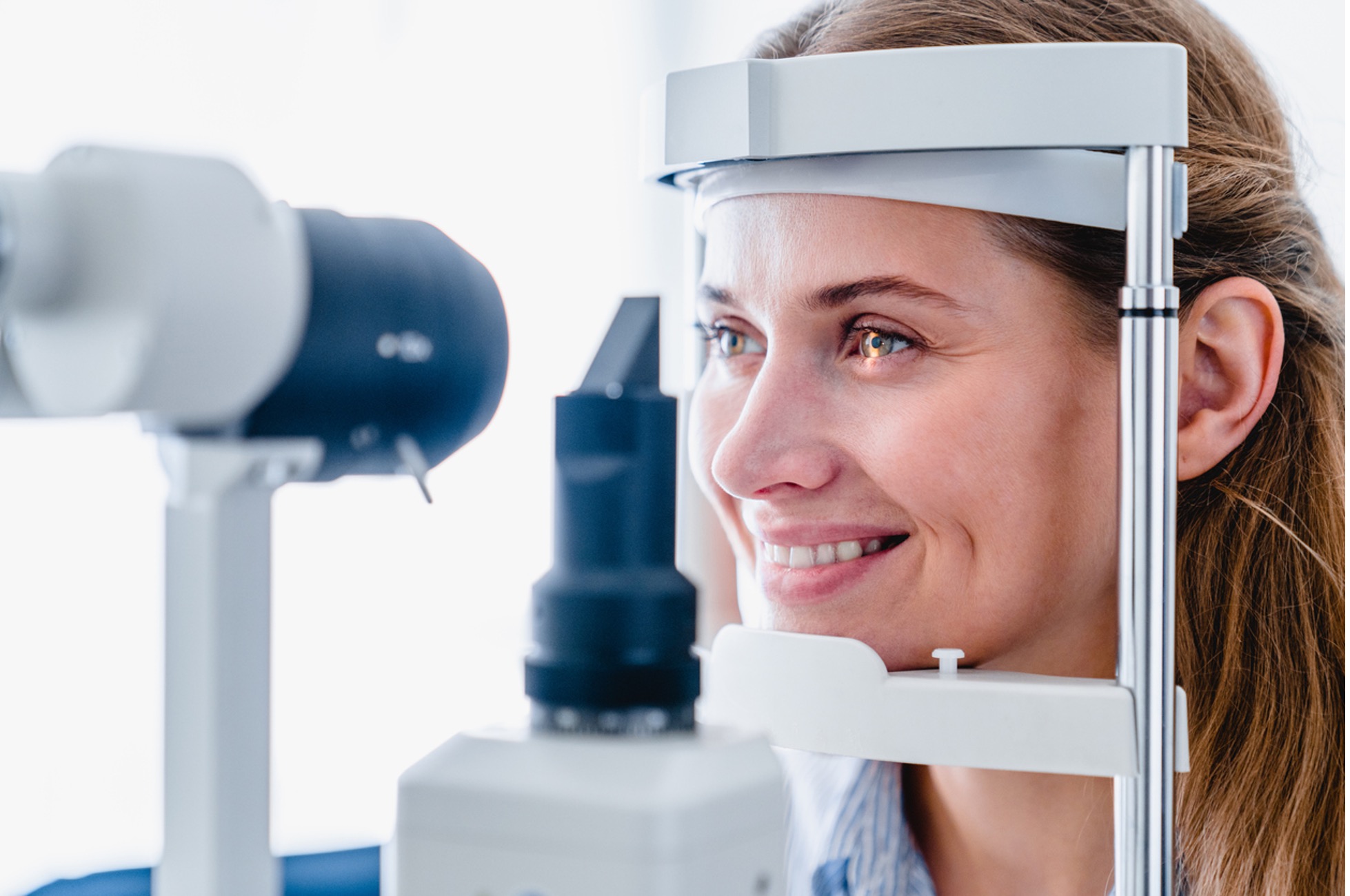Eyecare Near Me: Comprehensive and Reliable Vision Providers
Eyecare Near Me: Comprehensive and Reliable Vision Providers
Blog Article
The Role of Advanced Diagnostic Tools in Identifying Eye Disorders
In the realm of ophthalmology, the application of advanced diagnostic tools has reinvented the very early recognition and monitoring of various eye conditions. From identifying refined changes in the optic nerve to checking the development of retinal conditions, these technologies play a pivotal role in enhancing the accuracy and performance of detecting eye problems. As the demand for exact and timely diagnoses remains to grow, the integration of advanced tools like optical coherence tomography and aesthetic area screening has actually ended up being vital in the realm of eye care. The elaborate interplay in between modern technology and ocular techniques not only sheds light on detailed pathologies however likewise opens doors to tailored treatment strategies.
Relevance of Early Diagnosis
Very early diagnosis plays a pivotal duty in the effective monitoring and treatment of eye disorders. Timely recognition of eye conditions is crucial as it permits for prompt treatment, potentially stopping further development of the disease and lessening lasting issues. By spotting eye problems at a beginning, doctor can offer proper therapy plans customized to the certain problem, ultimately causing far better outcomes for clients. Early diagnosis enables individuals to accessibility essential support services and resources sooner, improving their general high quality of life.

Innovation for Identifying Glaucoma
Sophisticated analysis innovations play an essential role in the early detection and tracking of glaucoma, a leading cause of irreparable blindness worldwide. Another advanced tool is visual area screening, which maps the level of sensitivity of a client's visual field, assisting to detect any type of locations of vision loss feature of glaucoma. These sophisticated analysis devices enable eye doctors to diagnose glaucoma in its early stages, allowing for timely treatment and far better monitoring of the illness to stop vision loss.
Function of Optical Coherence Tomography

OCT's ability to evaluate retinal nerve fiber layer thickness permits exact and objective dimensions, aiding in the very early detection of glaucoma even prior to visual area problems emerge. OCT technology allows longitudinal surveillance of structural modifications over time, facilitating personalized therapy strategies and timely interventions to assist maintain clients' vision. The non-invasive nature of OCT imaging likewise makes it a recommended choice for keeping an eye on glaucoma development, as it can be repeated frequently without triggering pain to the person. In general, OCT plays a vital duty in enhancing the diagnostic accuracy and administration of glaucoma, eventually adding to far better end results for people at threat of vision loss.
Enhancing Medical Diagnosis With Visual Field Testing
An important component in comprehensive ophthalmic evaluations, aesthetic area screening plays a critical role in boosting the analysis process for various eye disorders. By analyzing the complete degree of a patient's aesthetic area, this test provides critical details concerning the practical honesty of the whole visual pathway, from the retina to the visual cortex.
Aesthetic field screening is especially valuable in the diagnosis and monitoring of problems such as glaucoma, optic nerve conditions, and various neurological illness that can influence vision. Through measurable measurements of peripheral and central vision, medical professionals can find refined adjustments that might indicate the existence eyecare near me or progression of these problems, even prior to noticeable signs and symptoms happen.
Furthermore, aesthetic area testing permits for the monitoring of therapy efficacy, assisting eye doctors tailor restorative treatments to individual clients. eyecare near me. By tracking changes in visual area efficiency in time, doctor can make enlightened decisions regarding readjusting drugs, recommending surgical treatments, or implementing other proper actions to preserve or enhance a client's aesthetic feature
Taking Care Of Macular Degeneration

Conclusion
In final thought, progressed analysis tools play a critical role in identifying eye conditions early on. Technologies such as Optical Comprehensibility Tomography and aesthetic area testing have significantly improved the precision and efficiency of identifying conditions like glaucoma and macular deterioration.
Report this page